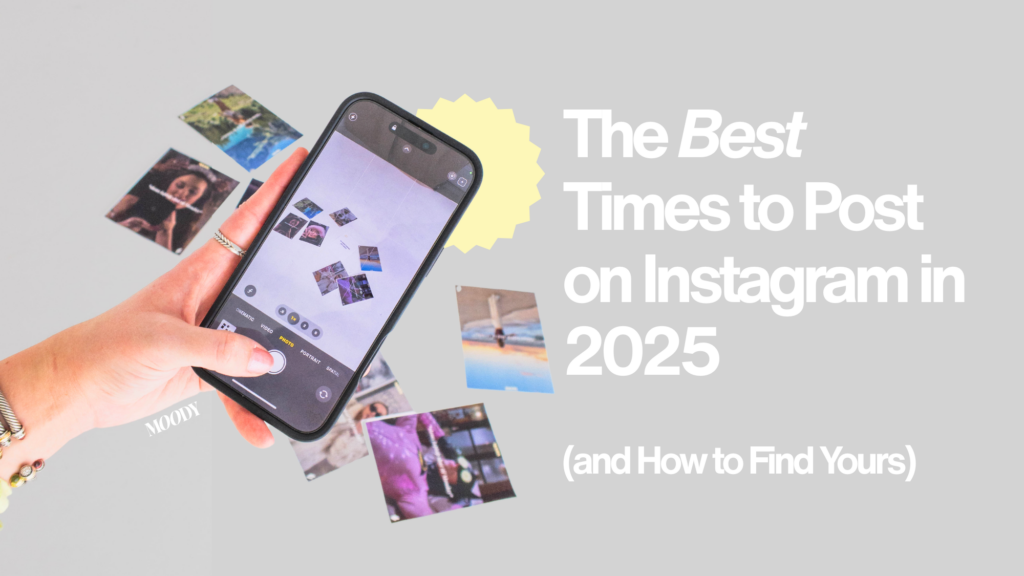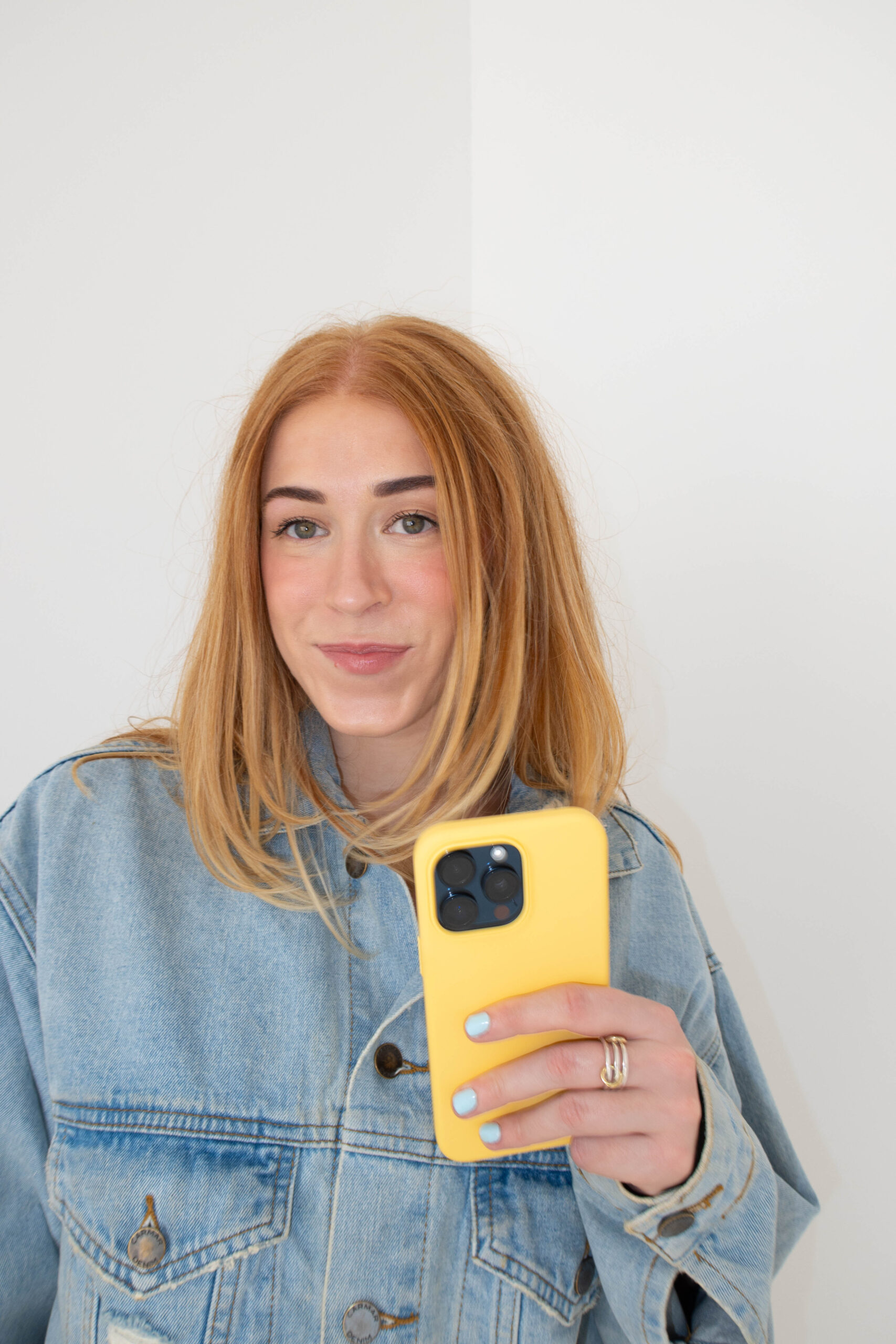
For business owners, content creators, and marketers alike, posting on Instagram can often feel like a guessing game. You spend time creating a beautiful post — with an engaging caption, an eye-catching image or video, and the right hashtags — only for it to be met with silence. If that sounds familiar, you’re not alone. One of the most overlooked reasons for underperforming content is simple: you’re posting at the wrong time.
In 2025, social media algorithms are smarter than ever, but so is your audience. Timing still plays a crucial role in whether or not your content gets seen. Even high-quality posts can get buried in the feed if they aren’t shared when your followers are most active. So, when exactly is the best time to post on Instagram in 2025 — and how can you find the right posting schedule for your specific audience?
Let’s break it down.
The Best Times to Post on Instagram in 2025 (Based on Industry Data)
Recent studies analyzing engagement trends across thousands of Instagram accounts point to a few consistent patterns. While every account is different, the following general rules offer a helpful starting point:
- Weekdays (Monday to Friday): 10 a.m. to 3 p.m. is considered the sweet spot. These windows catch users during their mid-morning breaks and lunch hours, when they’re most likely to scroll.
- Weekends: Engagement tends to dip overall, but if you choose to post on Saturdays or Sundays, aim for early afternoon between 12 p.m. and 2 p.m.
These posting times align with typical patterns of mobile activity throughout the day. However, generalized data can only take you so far. If you’re serious about growing your audience and increasing visibility, it’s essential to dig into your own account analytics.
How to Find the Best Instagram Posting Times for Your Audience
No one knows your audience better than your actual Instagram insights. To find out exactly when your followers are most active, use Instagram’s built-in analytics tools. Here’s how:
- Go to your Instagram profile and tap into the Professional Dashboard.
- Select “See All” under the “Your Audience” section.
- Scroll down to “Most Active Times.” You’ll find breakdowns of which days and times your followers are online the most.
This is one of the most underutilized tools for Instagram strategy. While your audience’s activity might mirror national trends, in many cases it will vary depending on your niche, location, and follower demographics. Checking these insights regularly allows you to stay ahead of changes and adapt your posting schedule accordingly.
Three Ways to Maximize Instagram Engagement in 2025
Once you’ve identified the best time to post, you can further improve results by focusing on your engagement habits. Here are three additional strategies to boost visibility and interaction:
1. Be Consistent
Consistency is still one of the most powerful tools for growth. Whether you’re posting three times a week or every day, sticking to a schedule helps build trust and trains both your audience and the Instagram algorithm to expect and prioritize your content.
2. Test, Track, and Tweak
There’s no one-size-fits-all formula for Instagram success. Use your insights to experiment with posting times, content types, and captions. Monitor which posts perform best and adjust your approach based on the results.
3. Engage Immediately After Posting
Engagement within the first 30 to 60 minutes of publishing a post significantly boosts its visibility. Set aside time to respond to comments, reply to DMs, and interact with others in your niche right after you share your content. This signals to the algorithm that your post is worth promoting to a wider audience.
Why Timing Still Matters in the Instagram Algorithm
In 2025, the Instagram algorithm continues to prioritize content based on relevance, relationships, and recency. That last one — recency — is where timing comes in. If you post when your audience is active, your content has a higher chance of appearing at the top of their feed or in their suggested content tabs. This not only increases reach but also improves the likelihood of meaningful engagement — which ultimately leads to better conversions and community building.
Final Thoughts
While quality content will always matter, strategic timing can make the difference between a post that performs and one that falls flat. By combining data-backed posting times with your unique audience insights and consistent engagement strategies, you can significantly improve the performance of your Instagram content in 2025.
Remember, your audience is already there — you just need to show up at the right time.
Not sure if your posts are reaching the right people at the right time? We’ll help you fix that — and then some...
